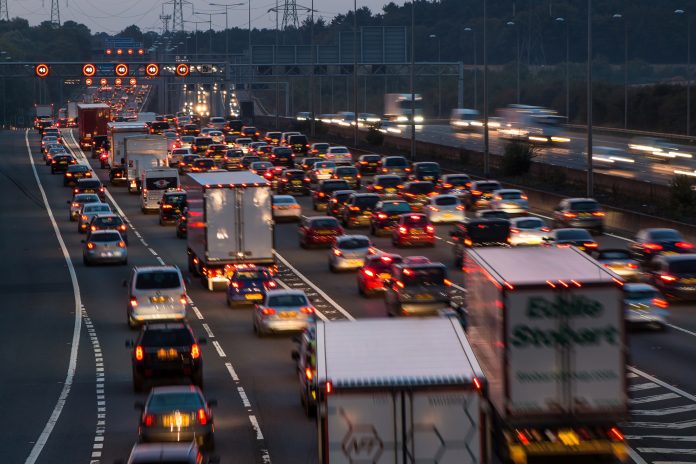British residents, on average, emit around 11.7 tonnes of CO2-equivalent emissions, which is five times over the level recommended by the Paris agreement
Despite rising environmental awareness across the UK, lasting action still needs to be achieved in reducing the public’s carbon footprint.
Recent research finds that an average UK resident’s carbon footprint at 11.7 tonnes of CO2 equivalent (tCO2e) per year.
Offering simple solutions to reduce the carbon footprint of Britain, Greenly and Carbone 4 took the most recent available UK emissions data (774m tonnes in 2019) and divided it by the population size of the country, at 66.43m, in the same year.
Distinguished from the UK’s carbon footprint from its territorial emissions, the study finds that individual emissions emerge predominantly from activities pertaining to transportation, food-related needs and consumption emissions.
The average UK resident can reduce their emissions by 28%
Where does most of our carbon footprint emerge from, and what are the solutions?
1. Transport emissions
Transportation accounts for the biggest part of an individual’s carbon footprint in the UK, at 3.1 tCO2e per capita.
These emissions mostly derive from personal vehicles, which account for three-fourths of this category, with plane emissions being the second largest culprit.
To solve this issue, the most efficient efforts can be replacing vehicle usage with bicycles where possible (0.32 tCO2e), and carpooling (0.27 tCO2e).
Additionally, reducing plane travel, and using trains for long-haul travel emits 99% fewer per capita emissions than a comparable distance by car or plane.
2. Food-related emissions
Food waste and food production make up the second largest emissions of an individual’s carbon footprint at 2.8 tCO2e.
More than half of this share is associated with meat consumption, with fisheries being the exception –as they have a lower carbon footprint than the dairy and poultry sectors, or the fruit and veg sector.
To reduce these emissions, people should turn to a completely vegetarian or vegan diet, which could reduce personal carbon footprints to 1.12 tCO2e. Similarly, switching to locally produced food would reduce emissions by a sixth of a ton, at 0.17 tCO2e.

3. Housing emissions
Heating, lighting and fuel within houses emits around 2.2 tCO2e per capita.
More than three-fifths of this figure pertains to heating and fuel needs, with the rest being made up of emissions from construction, electricity, and waste management.
While wearing extra layers in the cold would help the most, reducing heating to 19° C (0.16 tCO2e) is a good first step. Similarly, switching to LED lighting would have a reasonably small positive impact too, at 0.02 tCO2e.
4. Consumption emissions
Activities pertaining to recreation, telephony, clothing, banking etc. emit roughly 1.9 tCO2e per capita.
A large component of this emission basis comes from the purchase of new clothes.
By reducing our consumption of clothing and tech, committing to buying refurbished tech products (0.16 tCO2e) and second-hand goods are valuable steps towards reducing this impact.
Additionally, switching to banks with a record of preferring environmentally friendly investment projects would contribute to reducing consumption emissions.
5. Public services
Public administration, defence and infrastructure spending makes up the carbon footprint of approximately 1.7 tCO2e per capita – however, this portion can be considered as “non-compressible” emissions as individuals are unable to directly affect such emissions.

Large-scale changes at the systemic level are essential for climate solutions
With these suggestions, the average UK resident can reduce their emissions by 3.3 tCO2e, substantially reducing the individual carbon footprint by 28%.
However, such a reduction would be far from sufficient to meet the objectives set in the Paris Agreement, which requires the per capita carbon footprint to fall to 2 tCO2e.
Tommy Catherine, Carbon Methodology Expert at Greenly, said: “While it is true that individual actions can go some way in reducing our carbon footprint, this study demonstrates the systemic factors contributing to the climate emergency at hand, which have long been ignored in the discourse surrounding climate change.
Corporations and the state must urgently find common ground to decarbonise essential sectors
“Time is running out! Social actors such as corporations and the state must urgently find common ground to decarbonise essential sectors such as industry, transport and agriculture to achieve a sharp decrease in our energy consumption.
“As demonstrated by the recent positive news on the repairing of the ozone hole, such collaborative solutions are eminently possible, and must be pursued with urgency.”



























